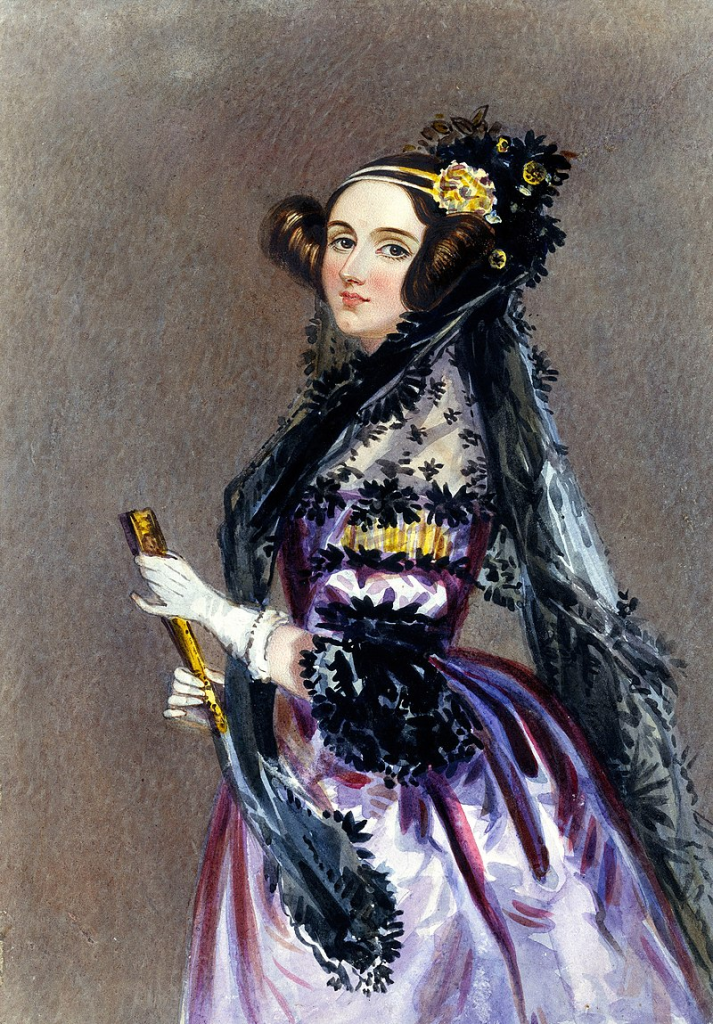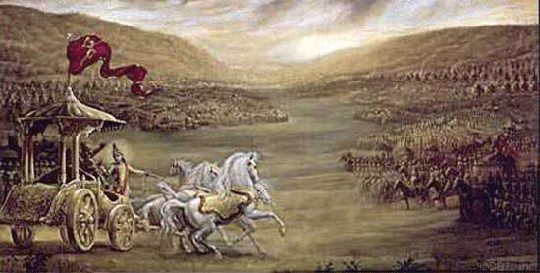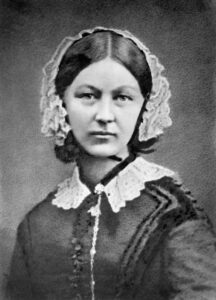Ada Lovelace: The First Computer Programmer
Computers are ubiquitous in our modern world, enabling us to perform a variety of tasks, from calculations and data analysis to communication and entertainment. But how did these machines come to be? What are the principles and mechanisms that govern their functioning? And who were the pioneers and visionaries who shaped their evolution? One such person was Ada Lovelace, a 19th-century mathematician who is widely regarded as the first computer programmer.

Ada Lovelace was a remarkable woman who was considered to be the pioneer of computer programming. She was born in London, England, on December 10, 1815, as the only legitimate child of the famous poet Lord Byron and his wife Lady Byron. Her father left the family when she was a baby and died when she was eight years old. She never knew him personally, but she inherited his love for poetry and imagination.
Ada was educated by private tutors and her mother, who encouraged her to study mathematics and science, unlike most girls of her time. She showed a natural talent for numbers and logic and became fascinated by machines and inventions. She also had a creative and visionary mind, which she called her “poetical science”.

When she was 17, she met Charles Babbage, a mathematician, and inventor who is known as the “father of computers”. He had designed a machine called the Difference Engine, which could perform calculations using steam power. He also had a more ambitious project, the Analytical Engine, which was a general-purpose machine that could be programmed with punched cards.
Ada was impressed by Babbage’s machines and became his friend and collaborator. She translated and annotated an article by an Italian engineer about the Analytical Engine, adding her own notes and insights. In her notes, she described how the machine could perform complex operations and even generate music and graphics. She also wrote an algorithm for the machine to calculate a sequence of numbers known as Bernoulli numbers. This is considered to be the first computer program ever written.
Ada Lovelace died of cancer at the age of 36, on November 27, 1852. Her work on the Analytical Engine was largely forgotten until the 20th century when it was rediscovered by historians and computer scientists. She is now recognized as a pioneer of computing and a role model for women in STEM fields. In her honor, a programming language named Ada was created in 1980, and the second Tuesday of October is celebrated as Ada Lovelace Day, to highlight the achievements of women in science, technology, engineering, and mathematics.
Staff Reporter









